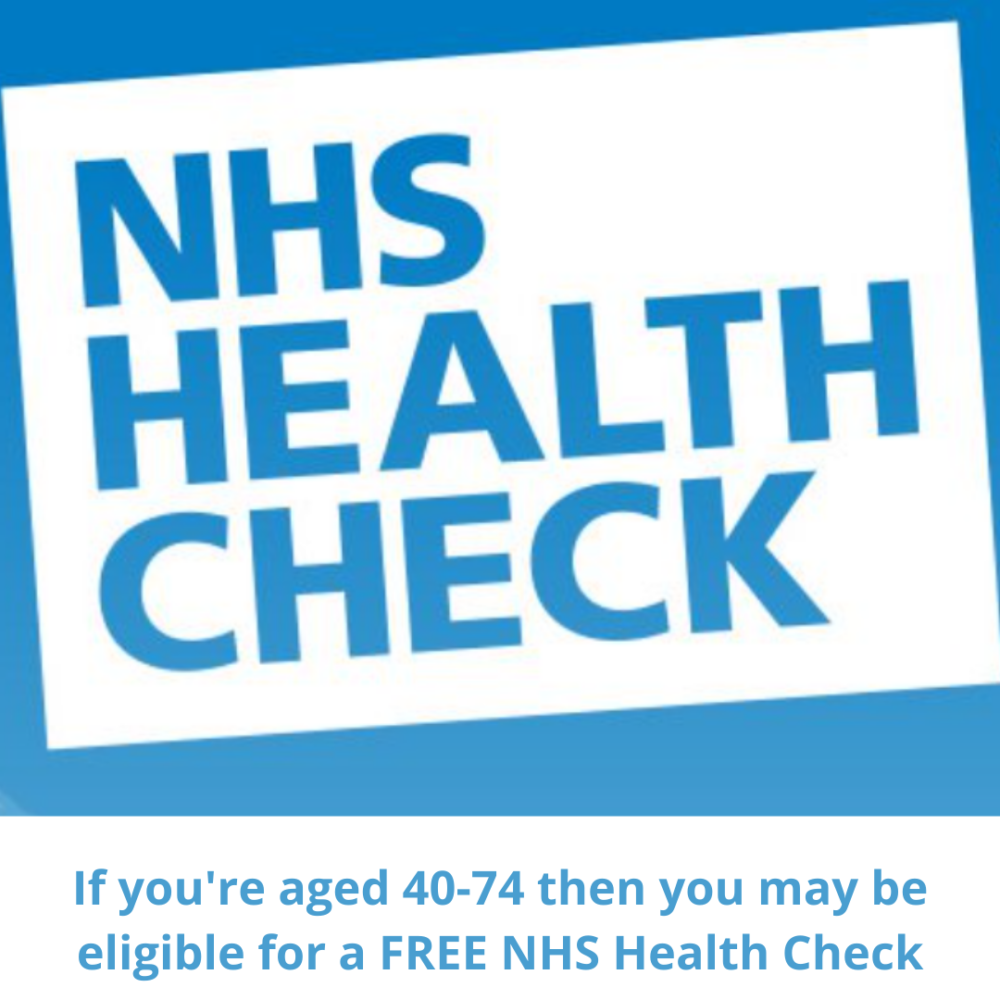Information Technology and Use of Texts, Email & Messaging
Texts, Emails & Messaging
We recognise that the use of texts, emails or messaging are important to improve how we communicate with our patients, and that many patients see these as their preferred way for us to communicate with them. For the Practice the use of these also has benefits in enabling us to pass information and reminders quickly and easily, and at the fraction of the cost of using traditional post.
It is important that patients keep the Practice updated with any change in their contact details.
In using these messages the Practice and the patient has to consider the following and ensure appropriate safeguards are in place:
- consent
- confidentiality
- children/young adults
- content of messages.
Consent: Where possible we ask patients to opt-in to receiving texts and emails through the Patient Registration Form. The patient can change their preference at any time by contacting the the Practice. Where a patient contacts us through our Website or Patient Access with a specific question, we will respond to that question on the basis that the patient is consenting for us to do so through the same method.
Confidentiality: Most communication methods pose a risk of interception. We take reasonable steps to make sure the communication methods we use are secure, but patients need to be aware that texts or emails are sent across a public infrastructure and may not be encrypted. Messages sent via our Website or Patient Access are accessed direct from the host server by the patient or the Practice, so can be considered “secure”. The Practice is not responsible for the message once the patient has received it, and patients are encouraged to password protect their phones and ‘read then delete’ clinical texts/emails if they wish it to remain private.
Children / Young Adults: The general policy of the Practice is not to send messages direct to children under 16 years of age. Young people, aged 16 and 17, may consent to receive text/emails messages etc, but the Practice does carefully consider the content of messages to young people, with whom inadvertent breach of confidentiality may easily arise as friends or parents may have access their phone.
Content of messages: We to follow these rules:
- Messages should not contain sensitive information. Sensitivity is not determined solely by the type of information (clinic appointment), but requires a judgement as to the impact if the information was misused. Some information is especially sensitive, such as issues relating to sexual health and mental health.
- Messages form an important part of the clinical record, and where appropriate the details or summary of the message sent will be added to the patient’s records.
- Messages are not presently used to undertake a ‘virtual consultation’ as they can lack the nuances of verbal communication. The patient is instead encouraged to make an appointment / telephone appointment.
- There is no guarantee that a message has reached the patient, so for clinical important information the Practice may use alternate methods of communication.
Information Technology (IT)/ELECTRONIC PATIENT RECORDS
New contractual arrangements came into force on 1st April 2014 requiring practices to make available a statement of intent about the following IT developments:
- Referral Management Information
- Online Appointment Booking
- Online Booking of repeat prescriptions
- Summary Care Record
- GP2GP transfers of care records
- Patient Access to electronic records.
Please find below details of the arrangements we have in place for these developments at this Practice.
Referral management Information
Practices must include the NHS Number as the primary identifier in all NHS clinical correspondence issued by the practice.
All letters and information that we send to other organisations such as, hospitals, have an NHS number clearly shown.
Electronic appointment booking
Practices are required to promote and offer the facility for all patients, who wish to, to book, view, amend, cancel and print appointments online.
We currently offer booking and cancelling of routine GP appointments/other appointments online. Find more details about how to register for this service.
Online booking of repeat prescriptions
Practices are required to promote and offer the facility for all patients, who wish to, to order online, view and print a list of their repeat prescriptions for necessary drugs, medicines or appliances.
We currently offer the facility for ordering repeat prescriptions online. Please ask at reception for more details.
Summary Care Record
Practices are required to upload changes to a patient’s summary information, at least daily, to the Summary Care record.
Having your Summary Care Record available will help other doctors and nurses treating you away from your regular surgery, without your full medical record. They will have access to information about any medication you may be taking and any drugs to which you have a recorded allergy or sensitivity. View more details about the Summary Care Record.
This function is already live. However, if you do not want your medical records to be available in this way please let us know. You can do this via the ‘opt out form’, available at reception, or on our website.
GP2GP transfers of Care Records
We are required to utilise the GP2GP facility for the transfer of patient records between practices, when a patient registers or de-registers.
It is very important that you are registered with a doctor at all times. If you leave your GP and register with a new one, your medical records will be removed from your previous doctor and forwarded to your new GP via NHS England. It can take several weeks for paper records to reach the new surgery; with GP2GP, your electronic record is transferred to your new practice much sooner.
GP2GP transfers are already activated at this practice for sending and receiving patient records.
Patient access to their electronic GP record
We are required to promote and offer the facility for patients to view online, export or print any summary of information from their records relating to medications, allergies and adverse reactions.
This service is fully rolled out.





